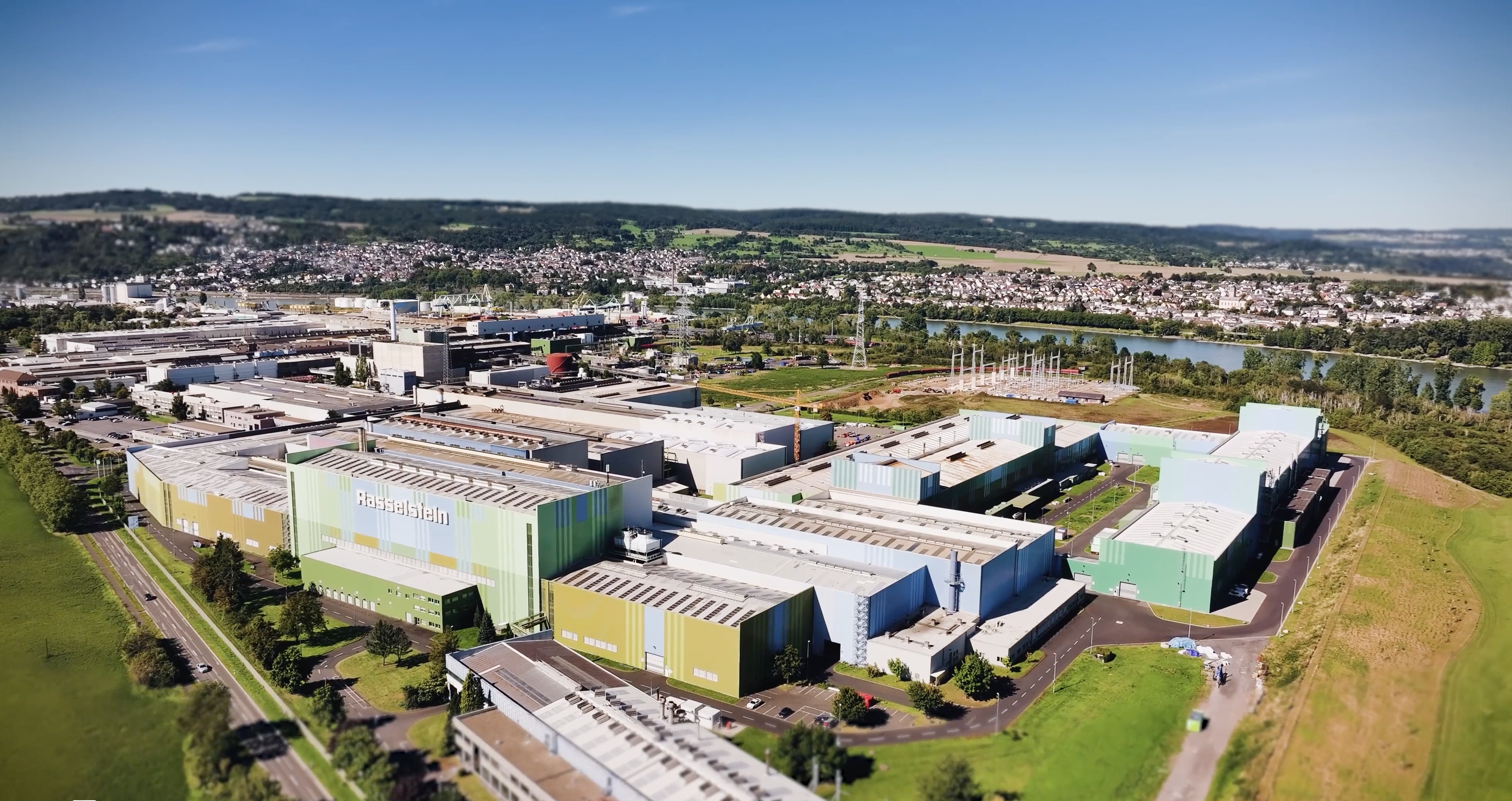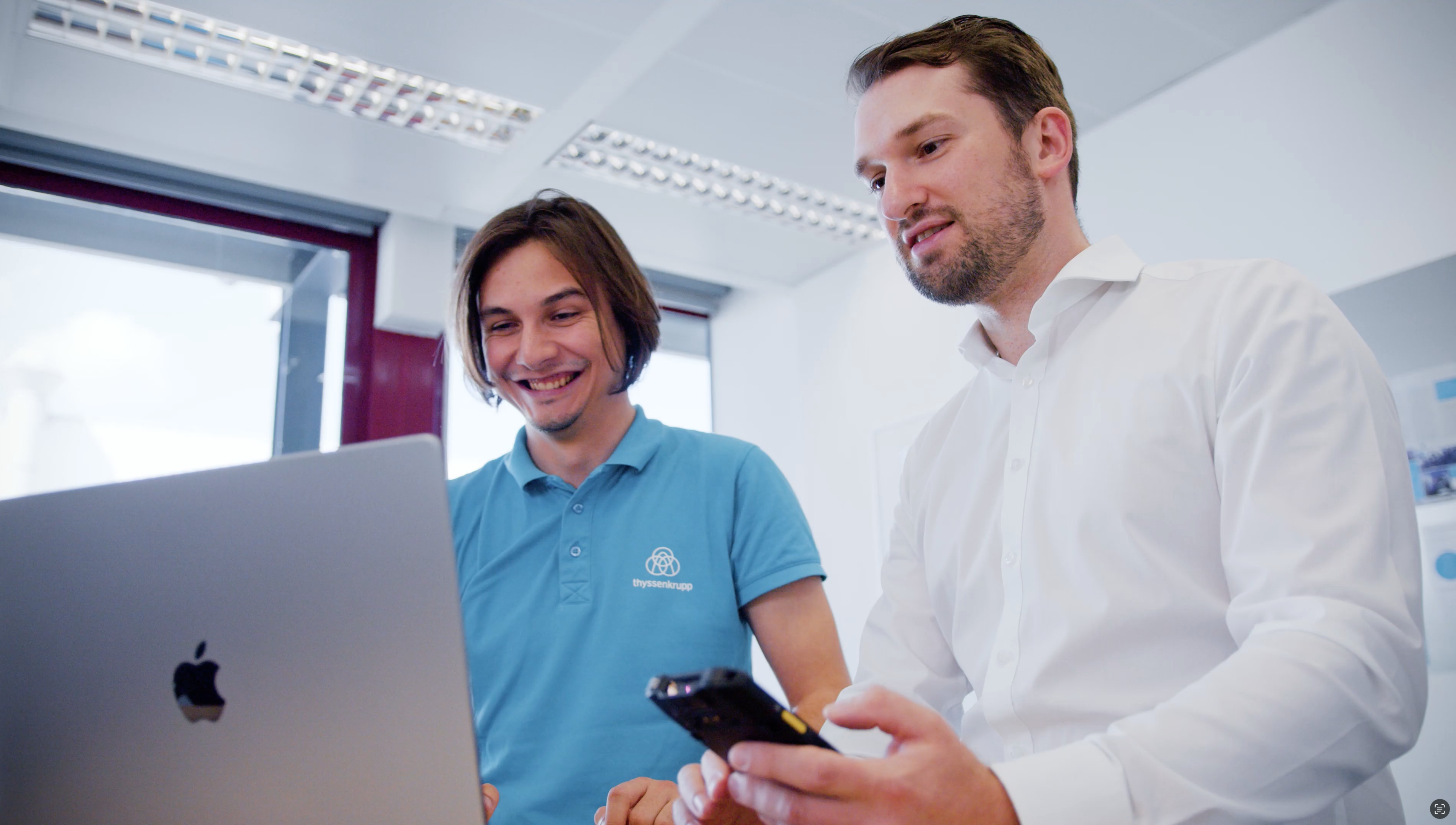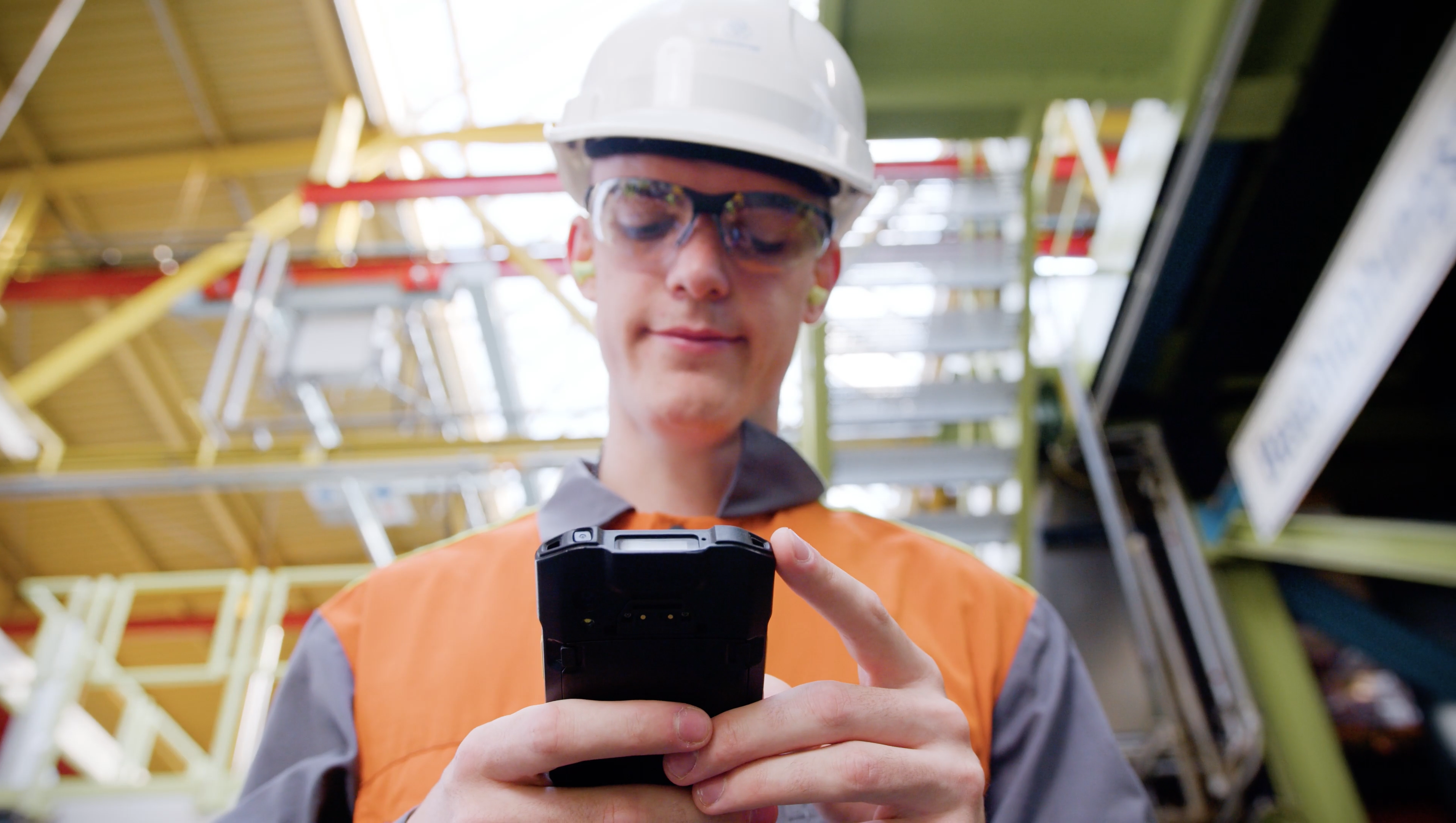Becoming a digital lighthouse factory isn’t just about embracing new technology — it’s about setting the benchmark for operational excellence, innovation, and scalability in modern manufacturing.
TL;DR
A digital lighthouse factory is a manufacturing facility that exemplifies how digital technologies can revolutionize operations across the entire value chain. Backed by data, automation, and real-time insights, these factories achieve higher productivity, agility, and sustainability. This guide explains what a lighthouse factory is, the criteria for achieving this status, key technologies involved, and step-by-step guidance on how manufacturers can transform into one.
What Is a Digital Lighthouse Factory?
A digital lighthouse factory is a pioneer in adopting Industry 4.0 technologies — such as AI, IoT, cloud computing, and advanced robotics — to deliver measurable improvements across production, quality, sustainability, and workforce enablement.
Coined by the World Economic Forum and McKinsey in their Global Lighthouse Network initiative, these factories act as “beacons” for others, showcasing how digital transformation can create exponential value. As of 2024, over 150 factories worldwide have earned this designation.
Characteristics of a Digital Lighthouse Factory:
- End-to-End Connectivity: Real-time data flows from machines, people, and systems.
- Advanced Analytics: AI and ML models optimize operations continuously.
- Human Empowerment: Workers are equipped with digital tools, augmented reality, and mobile workflows.
- Agile Production: Ability to shift production lines rapidly to meet changing demands.
- Sustainability by Design: Reduced emissions, energy, and waste are baked into every process.
These factories don’t just deploy tech — they integrate it in a way that fundamentally transforms how work gets done.
Why Becoming a Digital Lighthouse Factory Matters
In an era of volatility — supply chain disruptions, labor shortages, climate pressure — operational resilience is a strategic differentiator. Digital lighthouse factories achieve this by:
- Reducing time to market by up to 30% through smarter scheduling and digital twins.
- Lowering production costs by leveraging predictive maintenance and intelligent automation.
- Boosting quality using AI-driven root cause analysis and in-line defect detection.
- Increasing workforce efficiency through real-time work instructions and collaborative robotics.
- Achieving sustainability goals with smart energy management and zero-waste processes.
According to McKinsey, digital lighthouses deliver a 20-50% increase in operational performance compared to their peers.
When Should You Start the Lighthouse Journey?
You should begin transforming toward lighthouse status if:
- Your operations rely heavily on paper, spreadsheets, or siloed systems.
- There’s high variability in production outcomes or frequent unplanned downtime.
- Scaling continuous improvement across locations is a persistent challenge.
- Your sustainability targets are unmet due to lack of real-time visibility.
- Workforce turnover or skills gaps hinder adoption of best practices.
The sooner you digitize, the faster you can realize value — and avoid falling behind competitors who already operate smarter.
How to Become a Digital Lighthouse Factory: Step-by-Step
1. Diagnose Digital Maturity
Start by assessing where you stand. Use a maturity model like the Smart Industry Readiness Index or the World Economic Forum’s benchmarking tool. Evaluate across four axes:
- Technology integration
- Workforce readiness
- Process digitization
- Organizational agility
This helps identify your digital gaps and opportunities.
2. Define Clear Use Cases
Not all technologies create value. Focus on high-impact, ROI-positive initiatives. Proven use cases include:
- Predictive maintenance using edge analytics
- Digital work instructions and augmented reality for training
- Energy optimization through IoT sensors and AI
- Real-time OEE monitoring and anomaly alerts
- Autonomous material flow using AGVs or smart conveyors
Prioritize initiatives that solve real business pain points.
3. Build Your Digital Backbone
A lighthouse factory requires a scalable, secure digital infrastructure. This includes:
- Industrial IoT platform for data collection from machines, sensors, and operators
- Cloud data lake to centralize and unify data for analytics
- Mobile-first interfaces to connect frontline workers
- APIs and middleware to integrate legacy systems
This foundation enables seamless data flow, automation, and analytics.
4. Empower the Frontline Workforce
Technology only succeeds when people use it effectively. Equip workers with:
- Wearables or tablets for accessing real-time instructions
- Augmented reality for complex task guidance
- Self-service analytics tools for data-driven decision-making
- Digital shift handovers and work coordination to ensure knowledge transfer
Enablement also includes upskilling through digital academies or microlearning platforms.
5. Implement Agile and Scalable Governance
Lighthouse transformations succeed when they are cross-functional and iterative. Set up:
- Digital transformation offices that include IT, OT, HR, and operations
- KPIs linked to business value, not just tech deployment
- Agile sprint cycles to validate and scale innovations quickly
- Digital champions across departments to drive adoption
Use these structures to govern scaling across plants, lines, and regions.
6. Prove Value and Scale
Start with pilot projects that deliver fast, measurable wins — then scale across the organization. Successful lighthouse factories often:
- Establish “model lines” to demonstrate value
- Use digital playbooks to replicate success across sites
- Leverage external benchmarking through the WEF Global Lighthouse Network
Data transparency and storytelling play a crucial role in building momentum.
Common Challenges and How to Overcome Them
Being a lighthouse is not just about the tools — it’s about how you align people, processes, and technology.
Real-World Examples of Lighthouse Factories
- Schneider Electric (Le Vaudreuil, France): Achieved 30% reduction in maintenance costs using IIoT and AR.
- Procter & Gamble (Rakona, Czech Republic): Increased productivity by 160% through predictive scheduling and AI.
- BMW Group (Regensburg, Germany): Uses AI for quality inspection and has automated 85% of its logistics.
These factories didn’t just adopt digital — they operationalized it.
You can explore more examples at the World Economic Forum’s Lighthouse Network.
FAQs
Q: How long does it take to become a digital lighthouse?
A: Most transformations take 12–24 months for initial lighthouse designation, depending on digital maturity and leadership alignment.
Q: Is it only for large enterprises?
A: No — smaller plants can become lighthouses too. The key is focus and scalability of solutions.
Q: Do I need to digitize everything?
A: No. Start with targeted areas that drive business impact, then expand based on results.
How Workerbase Enables Lighthouse Transformation
At Workerbase, we help factories transition from legacy operations to agile, connected, and data-driven workplaces — the core DNA of a lighthouse factory. Workerbase is already being used in lighthouse factories across the world to help drive digitization by enabling manufacturer’s to achieve their full potential.
Our platform provides:
- Digital workflows and real-time task management
- Mobile-first operator tools to eliminate paper
- Work coordination that adapts to dynamic shop floor conditions
- Seamless integrations with MES, ERP, and IoT platforms
By enabling faster decision-making and reducing manual inefficiencies, Workerbase aims accelerates your journey to becoming a digital lighthouse.
Want to learn more about how you can speed up your digital transformation journey? Get in touch bellow!




